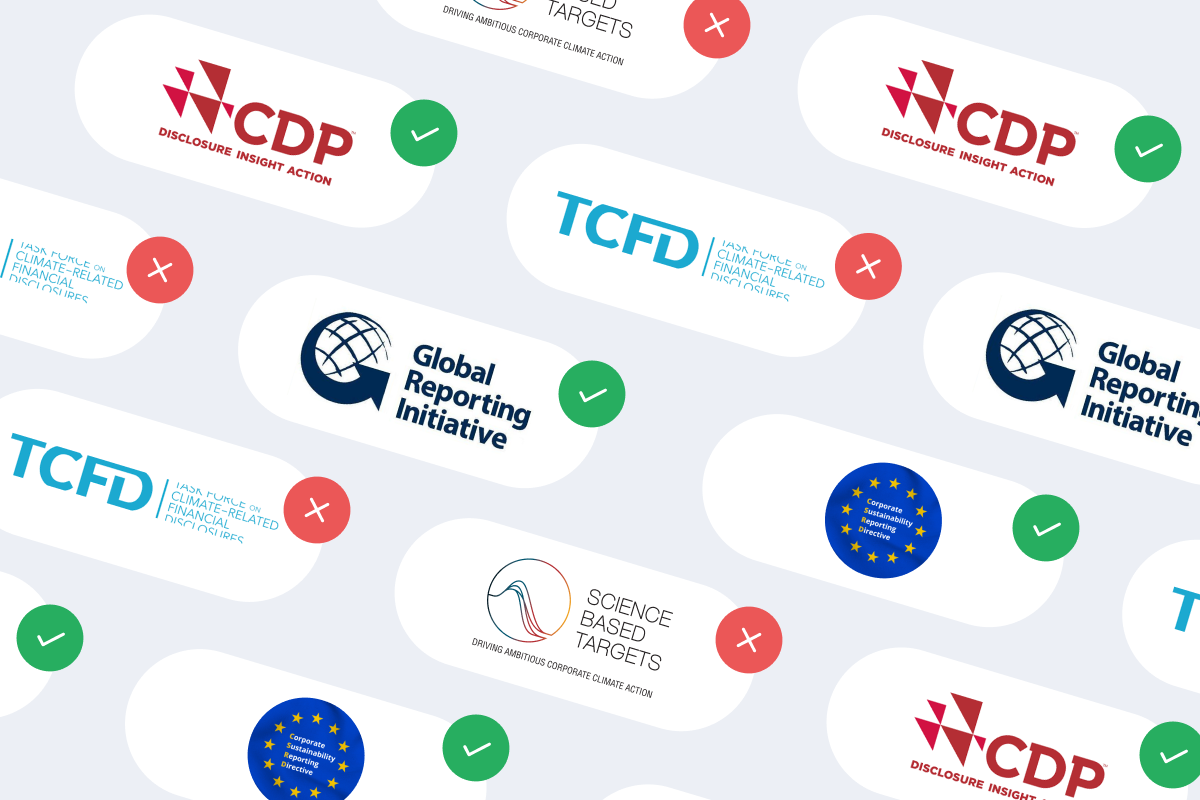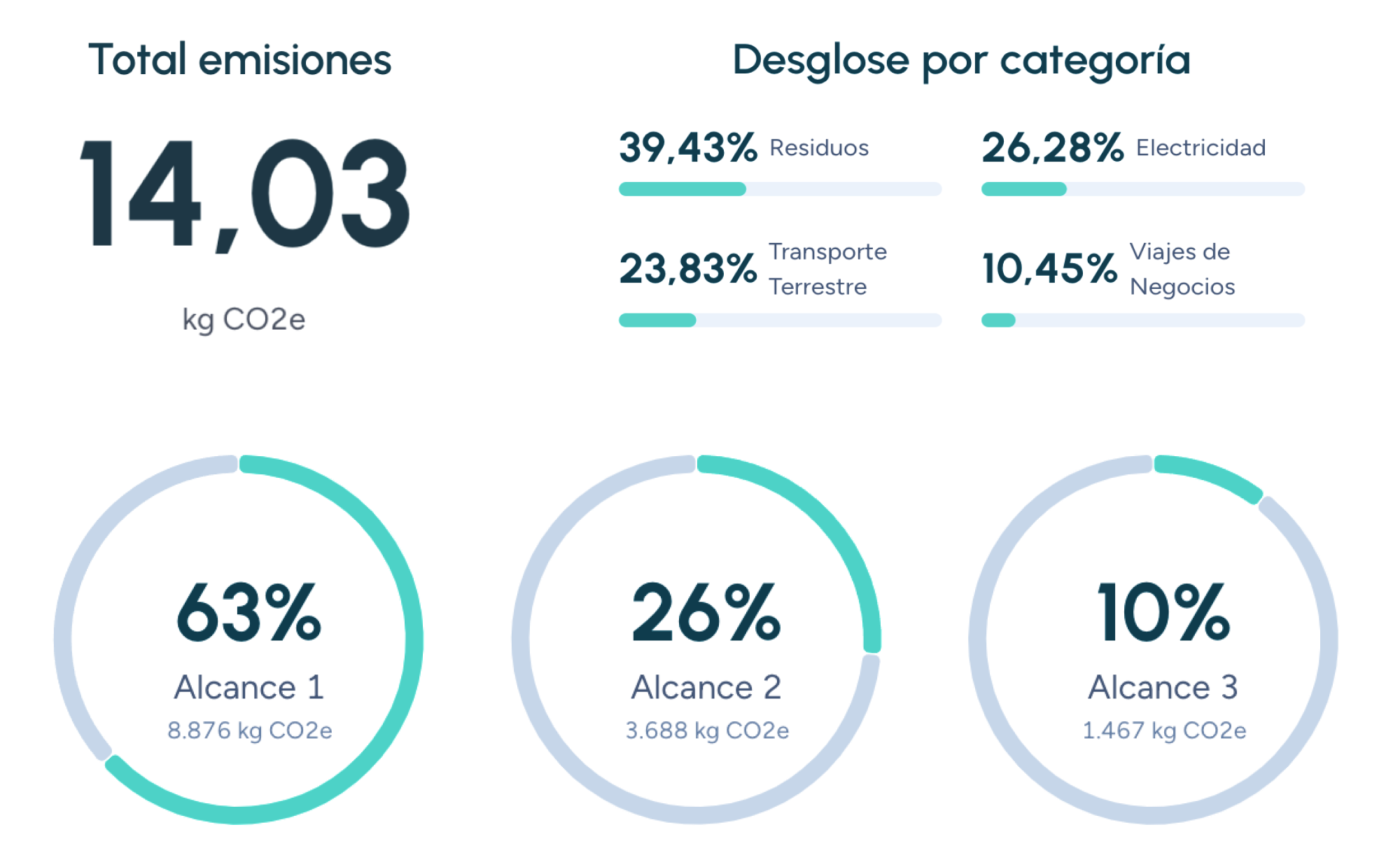C
Cumulative Environmental Impact
The Cumulative Environmental Impact is a crucial concept in sustainability assessment and environmental management for companies, organizations, and projects.
This term refers to the total sum of effects that an activity, product, or service has on the environment throughout its life cycle. From greenhouse gas (GHG) emissions to natural resource consumption, understanding cumulative environmental impact helps assess the real extent of human actions on ecosystems.
As climate action and the transition to sustainable economies become global priorities, measuring and managing cumulative environmental impact has become an essential practice.
What is Cumulative Environmental Impact?
Cumulative environmental impact is defined as the total of all positive and negative effects that an activity, product, or service generates throughout its entire life cycle.
This life cycle includes all stages, from raw material extraction, production, and usage to final disposal or recycling.
For example, for a manufactured product, cumulative environmental impact would cover:
- Energy and resources used to extract raw materials
- Emissions generated during manufacturing
- Transportation and distribution processes
- Consumer usage phase
- Waste treatment at the end of its lifecycle
Why is Cumulative Environmental Impact important?
Understanding and managing cumulative environmental impact is crucial for several reasons:1. Sustainability assessmentCumulative environmental impact provides a comprehensive view of a product or activity’s sustainability. It allows companies to identify critical areas in their value chains and make informed decisions to minimize environmental impact.2. Regulatory complianceMany countries, including Spain, require businesses to evaluate and report their environmental impact. For instance, the Greenhouse Gas (GHG) Protocol sets standards for measuring and reporting carbon emissions across Scopes 1, 2, and 3.3. Competitiveness and reputationCompanies that manage their cumulative environmental impact not only comply with regulations but also enhance their reputation and competitiveness. Consumers and investors increasingly value sustainable practices, making environmental management a strategic advantage.
How is Cumulative Environmental Impact measured?
Measuring cumulative environmental impact requires collecting and analyzing data from the various stages of a product’s or activity’s life cycle. This process can be complex, as it involves multiple factors and impact sources, such as:
1. Defining system boundaries
The first step is to determine the boundaries of the system being analyzed. This includes identifying which life cycle stages will be considered and which types of environmental impacts will be included (e.g., GHG emissions, water consumption, and waste generation).
2. Data collection
Gathering reliable data is a critical step in measuring cumulative environmental impact. This includes:
- Energy consumption
- Carbon emissions
- Material usage
- Waste generation
3. Life Cycle Analysis (LCA)
Life Cycle Analysis (LCA) is a standardized methodology for assessing cumulative environmental impact.According to the ISO 14040 standard, LCA consists of four main phases:
- Defining goals and scope
- Inventory analysis
- Impact assessment
- Interpretation of results (ISO, 2006)
4. Interpreting results
Once the data is analyzed, the next step is to interpret the results to identify the most significant impact areas and develop mitigation strategies.
Examples of Cumulative Environmental Impact
To illustrate how this concept applies in real-world scenarios, here are two examples:
1. Food production
The cumulative environmental impact of food includes:
- GHG emissions from agriculture
- Transportation and processing emissions
- Packaging and distribution impacts
For example, meat production has a significantly higher cumulative impact than plant-based foods due to methane emissions from livestock and high resource consumption.
2. Building construction
In the construction sector, cumulative environmental impact includes:
- CO₂ emissions from cement production
- Energy consumption during construction and building use
- Waste management from demolition
How to reduce Cumulative Environmental Impact
Reducing cumulative environmental impact requires a holistic approach that covers all life cycle stages. Some key strategies include:
- Designing more efficient and durable products
- Using recycled or low-impact materials
- Optimizing production processes to reduce energy consumption and emissions
- Promoting recycling and circular economy principles
- Implementing tailored emission reduction plans, such as those provided by Manglai’s AI-driven solutions
Manage your Cumulative Environmental Impact with Manglai
Cumulative environmental impact is a key indicator for assessing the sustainability of products, services, and activities.By measuring and managing this impact, businesses can identify areas for improvement, comply with environmental regulations, and enhance their market reputation.Manglai’s advanced tools streamline this process by offering:
- Accurate emissions calculations
- Comprehensive data analysis
- Strategic reduction planning
By adopting a proactive approach, organizations can not only minimize their cumulative environmental impact but also make a meaningful contribution to protecting the planet.
Companies that trust us

Desalination
Desalination is the process of separating salts and minerals from seawater or brackish water to obtain freshwater suitable for human, agricultural, or industrial use.
CBAM: EU Carbon Border Adjustment Mechanism
Analyse how the EU taxes imports according to their carbon footprint, the sectors affected, and the steps companies must take to prepare for 2026.
COP (Conference of the Parties)
The COP (Conference of the Parties) is the supreme decision-making body established under the United Nations Framework Convention on Climate Change (UNFCCC).
Guiding businesses towards net-zero emissions through AI-driven solutions.
© 2025 Manglai. All rights reserved
Política de Privacidad


